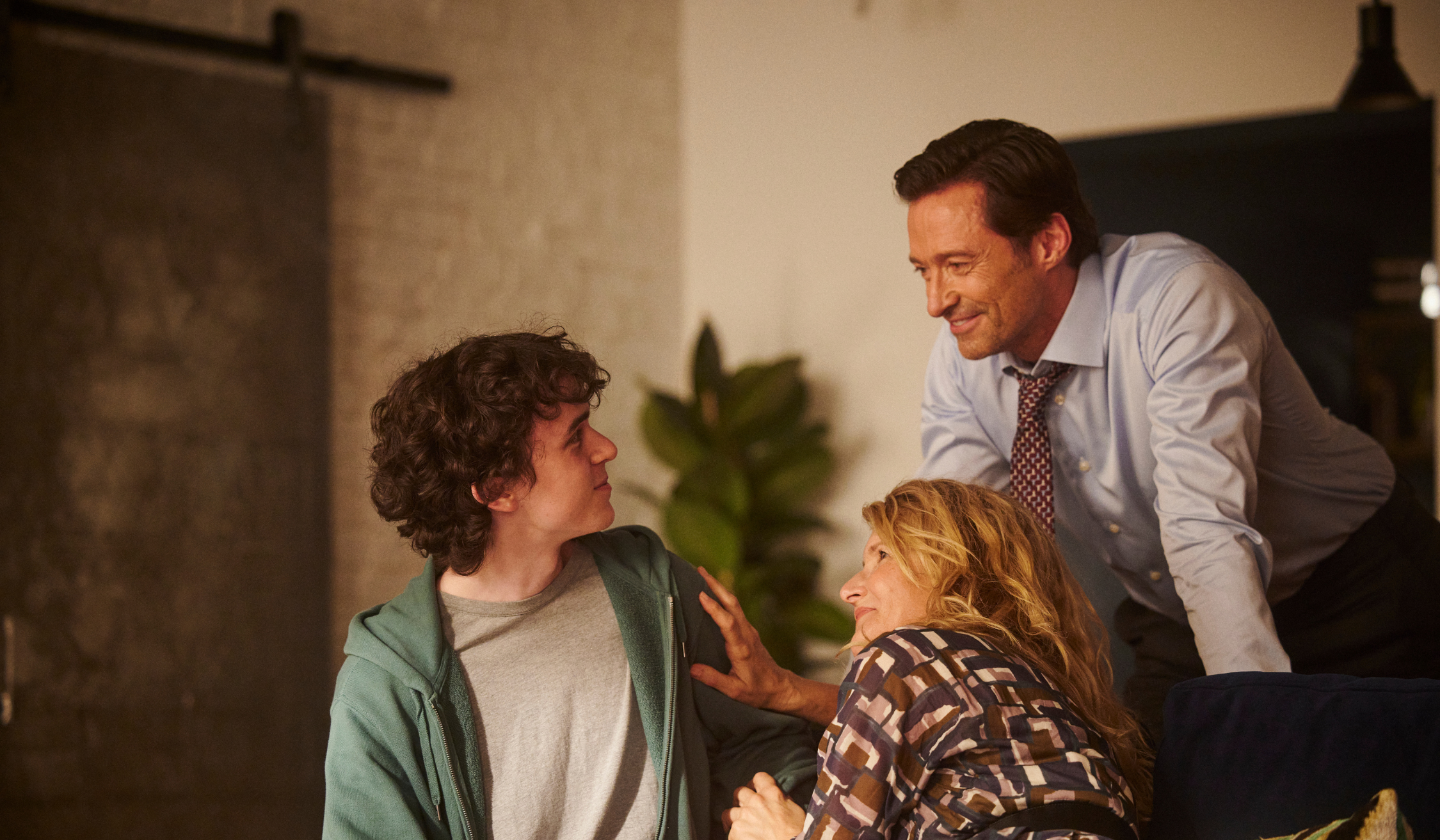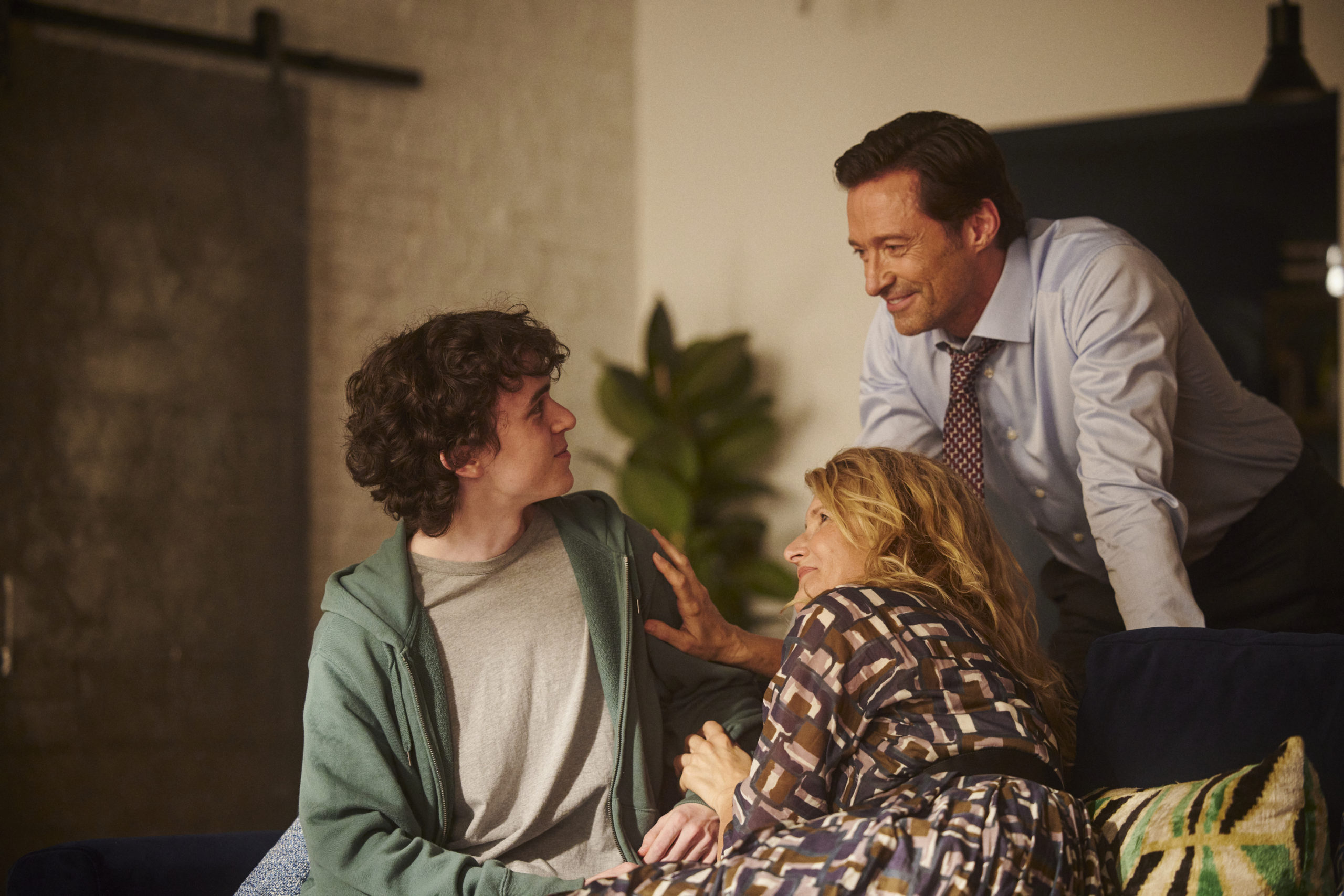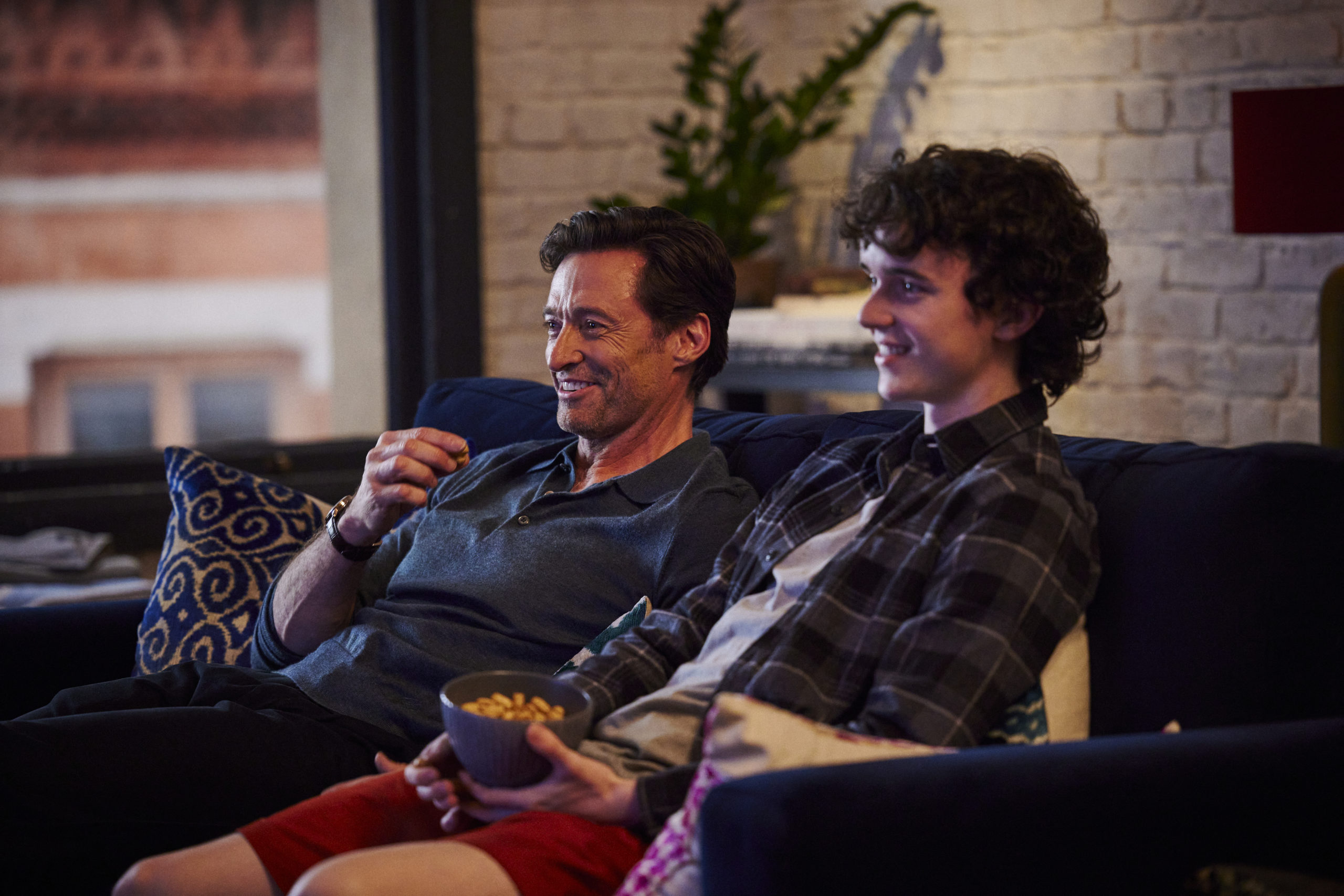Understanding ‘The Son’

‘The Son’ is the latest movie by Florian Zeller and it tells the story of Nicholas (Zen McGrath), a teenage boy experiencing loneliness, pain, and despair. It is also about his family. The movie offers a window into the life of a young person and his struggles. The story also focuses on the parents, who are alone in trying to make sense of what they are seeing and hearing as they provide support the only way they know.
‘The Son’ is a film where emotions, personal relationships and human rights discourse intertwine, giving a glimpse into the complexity of navigating mental health problems. Viewers might be tempted to think that there is no hope in recovery, once they reach the end of the film. They might also be inclined to think that coercion is the solution. In reality, deeper reflection shows how it is the lack of support, for Nicholas and his parents, that hinders recovery. Adding to this is a lack of understanding about mental health and knowledge of the options available to care for it. Letting the experience of a young person fall into the background while considering the authority of adults and medical experts as more valid and trustworthy does not allow for real dialogue. Without dialogue no real solution can be found.
We expect that the movie will increase conversations around mental health problems and the need to increase mental health literacy and appropriate forms of support. To clarify some of the messages and practices shown in ‘The Son’, and to provide parents, teachers, caregivers and teenagers with tools to critically approach the movie, we interviewed Claudia Marinetti (CM), Director of Mental Health Europe, Ledia Lazeri (LL), Regional Adviser for Mental Health at the WHO Regional Office for Europe and Belle de Jong (BdJ), journalist and a person with lived experience.

Question: Nicholas, the film’s protagonist, expresses distress that is mostly ignored or misunderstood by the parents and other caring adults. How can parents better respond to those calls for help and make their child feel understood and supported?
LL: There is now sufficient evidence that supports the need for caregivers – including parents – to have the necessary skills for being able to better support adolescents experiencing emotional problems, thus preventing situations like that depicted in the film. Those skills include regulation of emotions and taking care of own mental health; creating warm and loving relationships with adolescents; setting boundaries on harmful behaviours; and monitoring children’s emotional well-being.
However, we should acknowledge that often caregivers need support in acquiring those skills; this can be achieved through formal caregiver support programmes, which involve helping parents and adolescents communicate in more loving and open ways or spend more time together; teaching caregivers to use more positive parenting strategies that avoid harsh punishment; and giving caregivers opportunities to practice actively listening to adolescents to identify their needs.
Part of those support programmes are also the spaces for caregivers to examine their assumptions about parenting, gender roles and mental health; to reflect on their own childhood experiences; and how exactly to go about getting help if they think their child needs extra or specialized support.
We need to remember that mental ill health is the result of a complex range of factors in an individual’s social environment. While stress and relationship problems can play a role, in the case of a condition as severe as Nicholas’ there rarely is a singular cause. Parents must understand that no matter the cause of their children’s suffering – they can always contribute to adolescents’ recovery.
WHO’s Helping Adolescents Thrive toolkit lists several resources on how caregivers can get help. It can be found here: https://www.who.int/publications/i/item/9789240025554.
Question: The Son shows how not being given the right choice of support may lead to catastrophic consequences. Coercion is not a human-rights compliant form of support, it often worsens pre-existing mental health problems, hinders recovery and alienates people from seeking further help. What are some valid, person-centred alternatives to coercion that are not shown in the movie? How can parents and young people access those mental health services and solutions?
CM: It can be very difficult for people who come into contact with the mental health system, especially for the first time, either as service users or indirectly as friends or family of users, to know what the available forms of support are. It can be even more difficult to be active participants rather than passive recipients of care. How can someone make a decision with no time to reflect and with only coercion or no support at all as choices, especially when pressured by someone culturally seen as holding almost all the authority?
Many things need to be done to change this reality, including changing our mental health care culture, investing in human rights compliant services only, and increasing the knowledge of people on their rights and available forms of support. 2023 is the European year of skills. Let’s not forget to invest in skills such as those needed to be able to navigate (mental) health systems.
Institutionalisation should end, supports provided in the community, and information about the different forms of supports always provided to those in need, no matter what is the first service with which one enters into contact. There are good practices out there, such as the Open Dialogue approach, ‘Care-Foster-Live’ community-based services, and Clubhouses to say a few. These and more examples of promising practices in the prevention, reduction and elimination of coercion across Europe are detailed in the 2019 Report on Promising practices in prevention, reduction and elimination of coercion across Europe.
LL: Mental health care should be approached from a recovery-oriented perspective which has proven to be effective for supporting the long-term recovery of people like Nicholas.
Schools can play key roles in the early identification of people with suicidal ideation – and can be important places to teach adolescents the necessary skills to handle their emotions. Schools can help to connect parents to specialist mental health services as well as non-medical forms of support.
It can be difficult for adolescents to communicate their needs, especially when the services they are using do not as a rule take those needs into account. This is where peer support services can be useful. Trained peer supporters can help communicate what people like Nicholas may need because they have been in similar situations in the past. Peer support is essential for some people’s recovery. Information on peer support networks may be found in community mental health care centres or other mental health services. WHO also has guidance on how to set up peer support networks and services in communities, which can be found here: https://www.who.int/publications/i/item/9789240025783
Question: The movie will be watched by many parents, supporters and teenagers experiencing situations similar to the one presented in the movie. The ending does not leave any space for hope in the recovery process and highlights the urgent need to increase understanding of mental health problems and recovery for all. What would you say to people experiencing depression, anxiety, or other mental health problems?
CM: Recovery is a real and personal experience. There is no magic formula to recovery because the path to it can be very different for each of us. We know that personal recovery and hope are strongly intertwined. It’s about finding ways to deal with problems and lead a good life, full of hope, and living according to one’s own values, whether with or without what the professionals call symptoms. Recovery is also very much about relationships and learning from others, about discovering that we are not alone in experiencing certain problems and understanding what forms of support can help us best.
It is no coincidence that recovery is often described as a journey, and in any journey, there is planning, preparation, roadmaps, signposts, stops for breaks and roadblocks. We can start by defining what recovery means to us, think about who we trust, what has helped us in the past and what hasn’t helped, and maybe identify one thing we could actually do to feel better, even if it’s something very simple. Having knowledge on the different types of support and tools available is good to guide one’s journey.
The important thing to remember is that people can feel better whether it’s because the problem goes away or because they find a method that works well to deal with it. More on recovery can be found here: Short Guide to Personal Recovery.
LL: Recovery from mental health conditions can and does happen. Recovery is, for many people, about gaining control of their identity and life, having hope for the future, and living a life that has meaning for them, even if they still experience symptoms. It is highly personal.
Recovery often begins with a shift in mindset of carers and caregivers. As carers and caregivers, we are not there to “control” or “manage” people with mental health conditions, rather than working to fundamentally meet their needs. With this idea in mind and the evidence that proves it is helpful and effective, an individualized recovery plan is needed to be created with the person in need. That plan should take into account the person’s needs and goals.
There are peer support groups that may be able to help – it can help to understand that others have felt the way you have. Most importantly, you have to remember that there are means to get help. No situation is hopeless.

BdJ: It’s a lot, living with mental ill-health. I was diagnosed with “bipolar disorder” when I was hospitalised with a psychotic episode. My mum feared I would never be well again. The condition known in the medical field as bipolar disorder, or manic depression, has no known “cure”. Medically speaking, it is considered a chronic health condition, and it requires lifetime management. But even when people who do not feel well are deemed incurable, they are never without hope to find the right support.
I’ve spent the past three years in therapy, on medication, and actively focusing on my mental health. Living with this condition is constantly being thrown into moods ranging from extreme euphoria to deep feelings of depression, and it can feel like a never-ending journey. It hasn’t been easy at all.
Just because it isn’t easy, doesn’t mean it isn’t worth it. I found my way out of the worst depths and heights of the condition. Even when things cannot be “cured”, they can be dealt with. And here I am, dealing with it, telling you that life can be good and there are things to stay alive for. All you need to do is make it through. A smooth sea never made a skilled sailor.
Conclusion
Every life lost to suicide is a tragedy. Suicide and self-harm are major public health concerns in all regions of the globe. According to the World Health Organisation, suicide is the fourth leading cause of death among 15–19-year-olds. We encourage anyone struggling to seek support. Suicides are preventable.
The right type of support is out there, such as community-based care, advance planning, intentional peer-support, family support and more. Those experiencing mental health problems must be able to express their preferences and choices. All need to be given time for decision-making and appropriate options. Coercion and seclusion are non-human-rights compliant practices and must be avoided. You can find more information about alternatives to Coercion and Restraint in Mental Health Services and on Personal Recovery in Mental Health Europe’s Short Guide series.
If you are thinking about suicide, are worried about a friend or a loved one, or would like emotional support, there are several free services where you can talk with a trained counsellor. You can find a directory of European Youth Helplines.
For a list of global suicide helplines, please visit www.befrienders.org
Blog post by Mental Health Europe
Stay connected
Get our latest news, personal stories, research articles, and job opportunities.